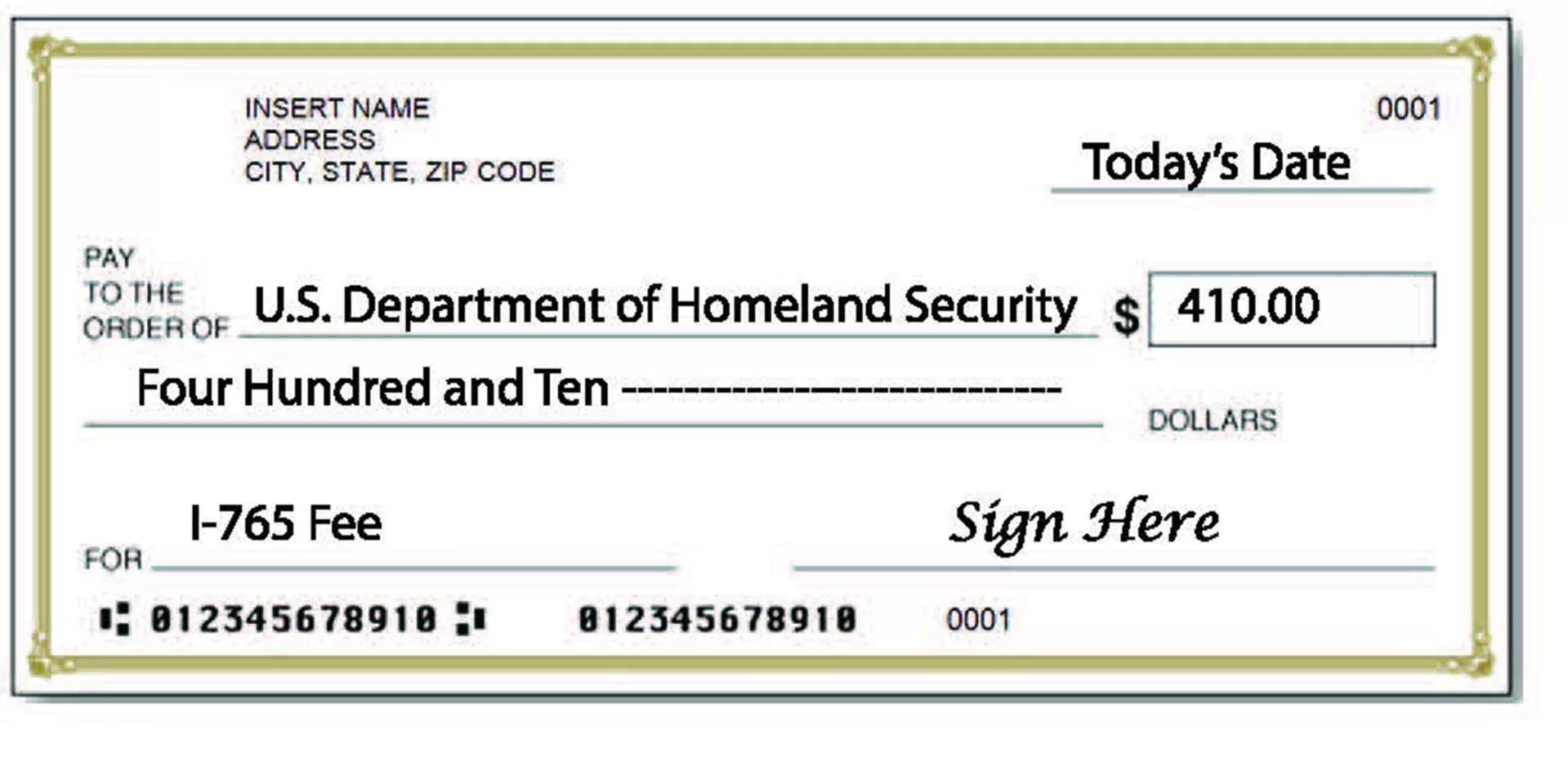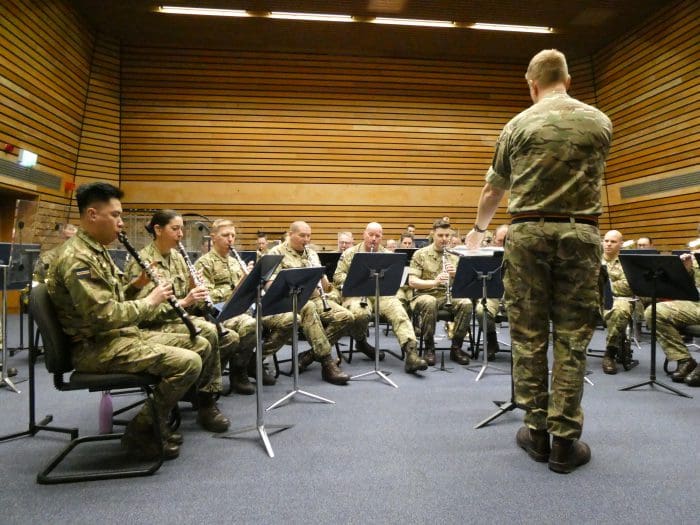A march is a type of musical composition that is typically characterized by a steady, repetitive beat and an uptempo melody. Marches are often associated with military or patriotic themes and are often played at ceremonies and parades. If you are interested in composing a march, there are a few key elements that you should consider.
First, you will need to decide on the structure of your march. A traditional march typically consists of three main sections: the introduction, the trio, and the repetition of the trio. The introduction is typically a short opening section that establishes the key and sets the stage for the rest of the piece. The trio is the main body of the march, and it typically consists of two or three melodies played consecutively. The repetition of the trio is just what it sounds like - a repeat of the trio section.
Next, you will need to think about the melody of your march. Marches typically have a strong, uptempo melody that is easy to remember and hum along to. The melody should be catchy and memorable, and it should convey a sense of excitement and energy. You can draw inspiration for your melody from a variety of sources, such as patriotic or military themes, or from traditional marches that you admire.
In addition to the melody, you will also need to consider the harmony and accompaniment of your march. Marches often feature simple, straightforward harmonies that support the melody and add some depth to the piece. The accompaniment is typically made up of a steady, repetitive rhythm that keeps the piece moving forward. You can use a variety of instruments to create the accompaniment, such as percussion instruments, brass instruments, and woodwinds.
Finally, you will need to consider the overall form and structure of your march. As mentioned earlier, a traditional march consists of three main sections: the introduction, the trio, and the repetition of the trio. However, you can also experiment with different forms and structures if you want to create a more unique or innovative march. For example, you might consider adding a middle section or break, or you might vary the length and structure of the trio section.
In conclusion, composing a march requires careful consideration of the melody, harmony, accompaniment, and overall form and structure of the piece. By focusing on these key elements and drawing inspiration from traditional marches and other sources, you can create a memorable and exciting march that will be enjoyed by audiences for years to come.







